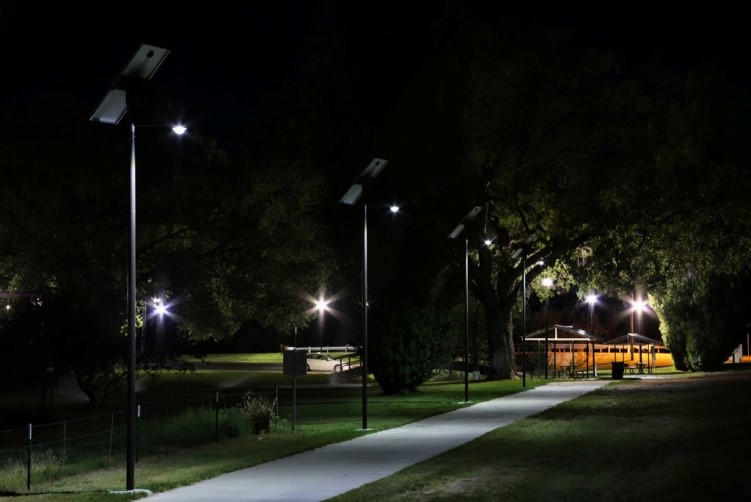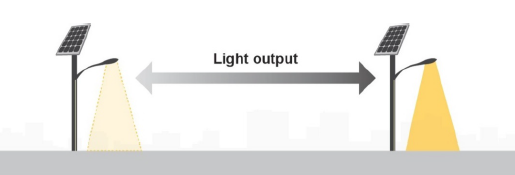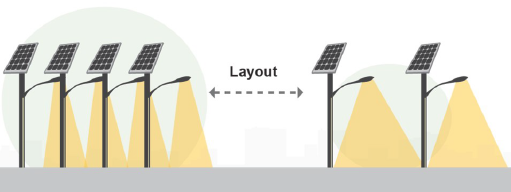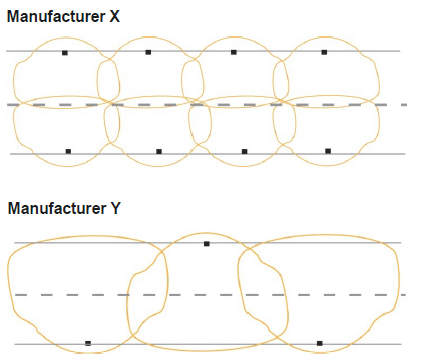Educational
April 2020

One of the biggest blunders buyers can make when considering solar lighting solutions is evaluating the individual system cost instead of the total project cost. It can mean the difference between investing in 15 lights that meet your requirements and needing to buy 50—or more—to achieve the same result.
That’s because each project has its own requirements for light level (i.e. how bright the light is) and uniformity (i.e. how evenly the light covers the ground). There are several ways manufacturers can achieve these requirements, so the amount you’re spending on a project can vary dramatically.
In this final part of our five-part series to help you understand solar lighting specifications, we’ll be looking at three important ways fixture placement and light output can affect the overall project cost versus the per-system cost.
If you want to explore this topic in-depth, be sure to check out our Ultimate Solar Lighting Guide, which breaks down how solar lighting works, why clients choose solar, and goes into detail about product specifications and comparisons.

The amount of light an individual system can produce will determine the number of systems required to light a project. From the example above, the lighting system on the left is outputting a lower light level than the system on the right. The left system may not be putting out enough light to meet a project’s required light levels and may require more systems to be installed nearby.
The system on the right outputs more light but may cost more per system. However, because of the higher light output, fewer of them may be required to meet a project’s light levels, bringing the overall cost of the project down.

The closer the fixture is to the ground, the more light reaches the ground, but the smaller the area that light covers. While specified fixture mounting height depends on application—for example, streets typically have stricter mounting height requirements than parks or trails—it’s important to consider how it can affect the balance of light output to ground coverage.
If your mounting height is 20 feet, for example, your light will be able to cover a larger surface area than if your mounting height is 15 feet, meaning you could potentially purchase fewer systems. However, the intensity of the light isn’t going to be as high, so this option might not meet your project requirements.

In the example above, both lighting layouts meet the same light level and uniformity requirements, but the systems on the left have less light coverage so more of them are needed. While individually, they may be cheaper than the systems on the right, the overall project cost could be higher because additional systems are required to be installed.

A good manufacturer should be able to supply a professional photometric layout that works with all three of these factors to specify a system that provides you with the most cost-effective solution for your solar lighting project. While at first glance, a system might have an attractive price tag, you may need to buy several of them in order to achieve your requirements. A higher-priced system can often meet the requirements with fewer total systems, and therefore reduce the overall cost.
Thanks for joining us as we’ve covered the best questions to ask about your solar lighting project and showed calculations to ensure your systems have been sized correctly. If you’d like to explore these topics more in detail, download our free Ultimate Solar Lighting Guide for Understanding System Specifications here.
